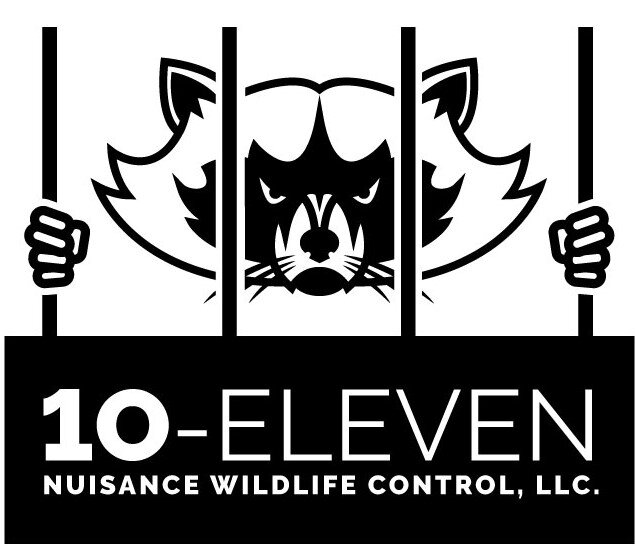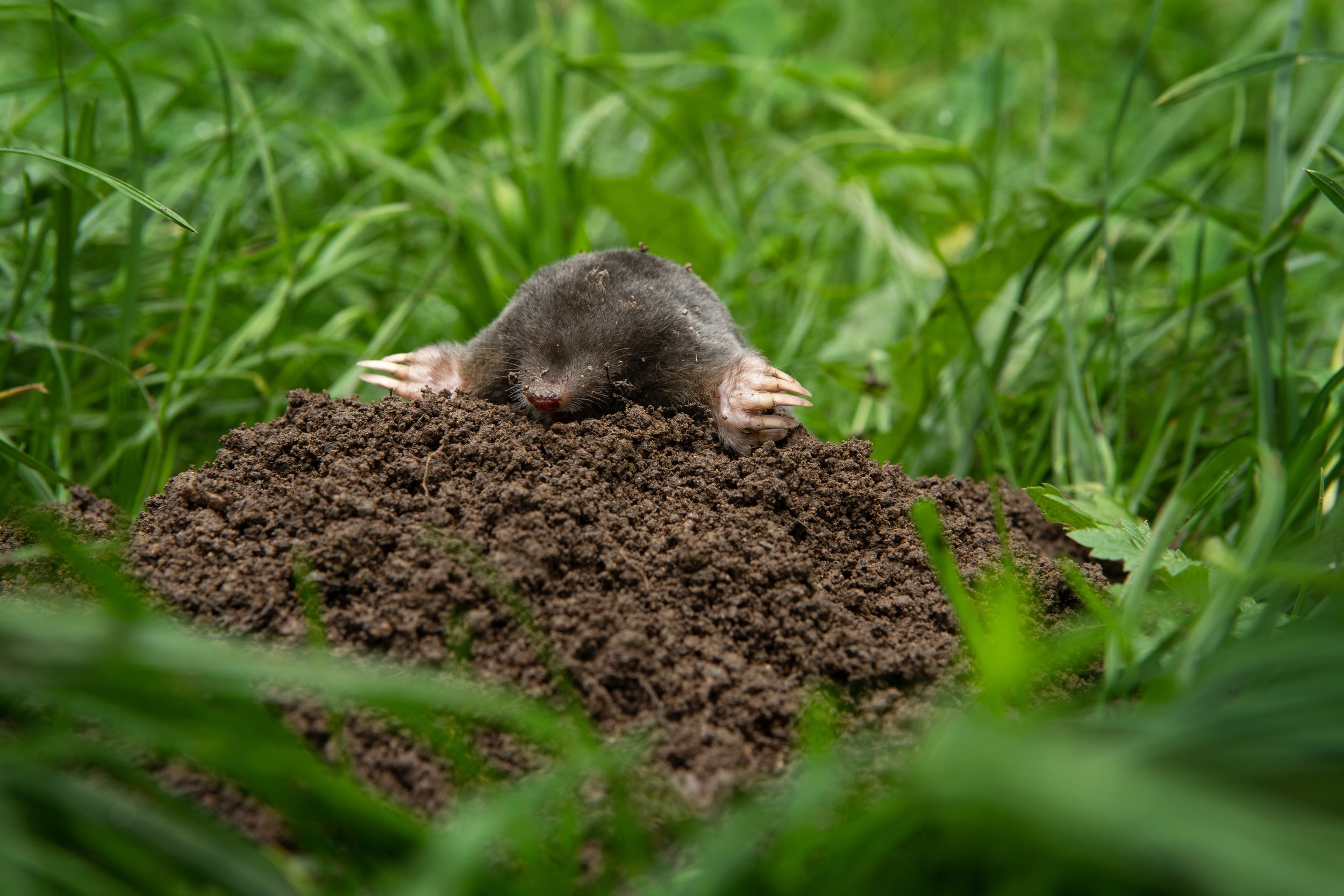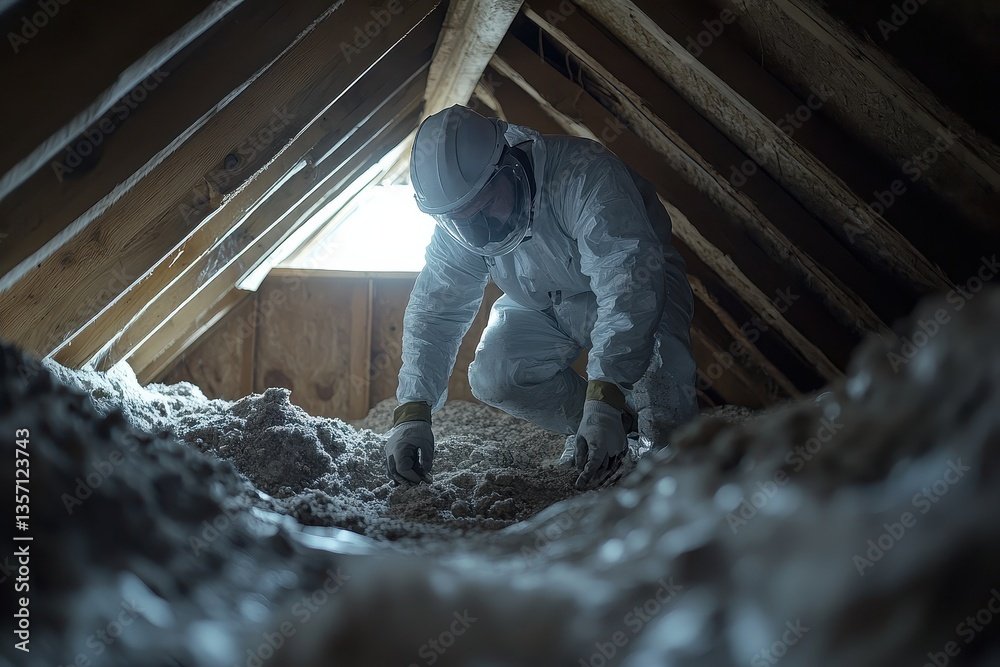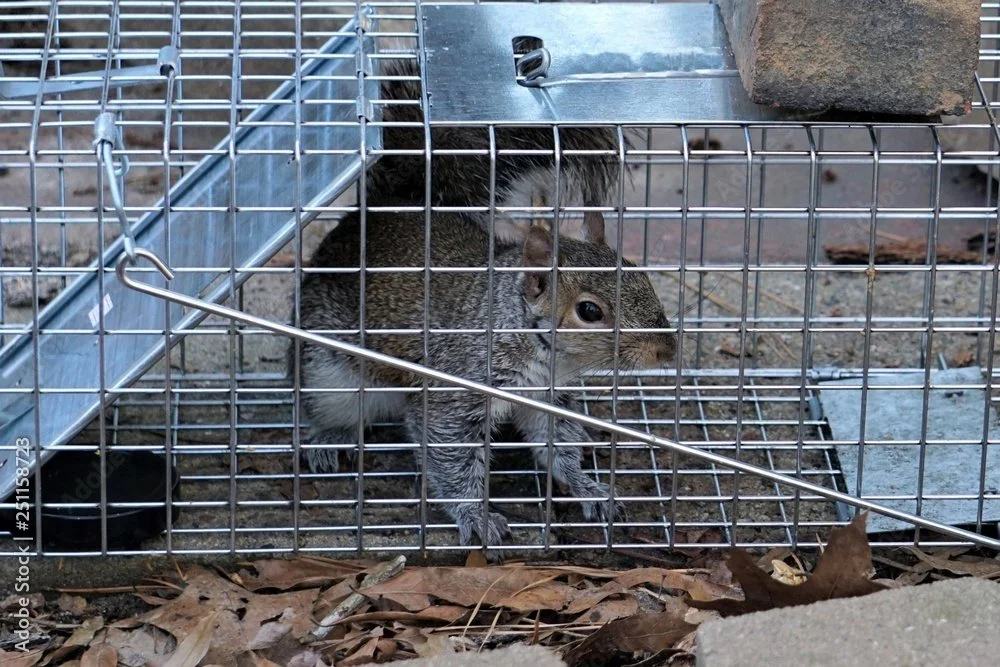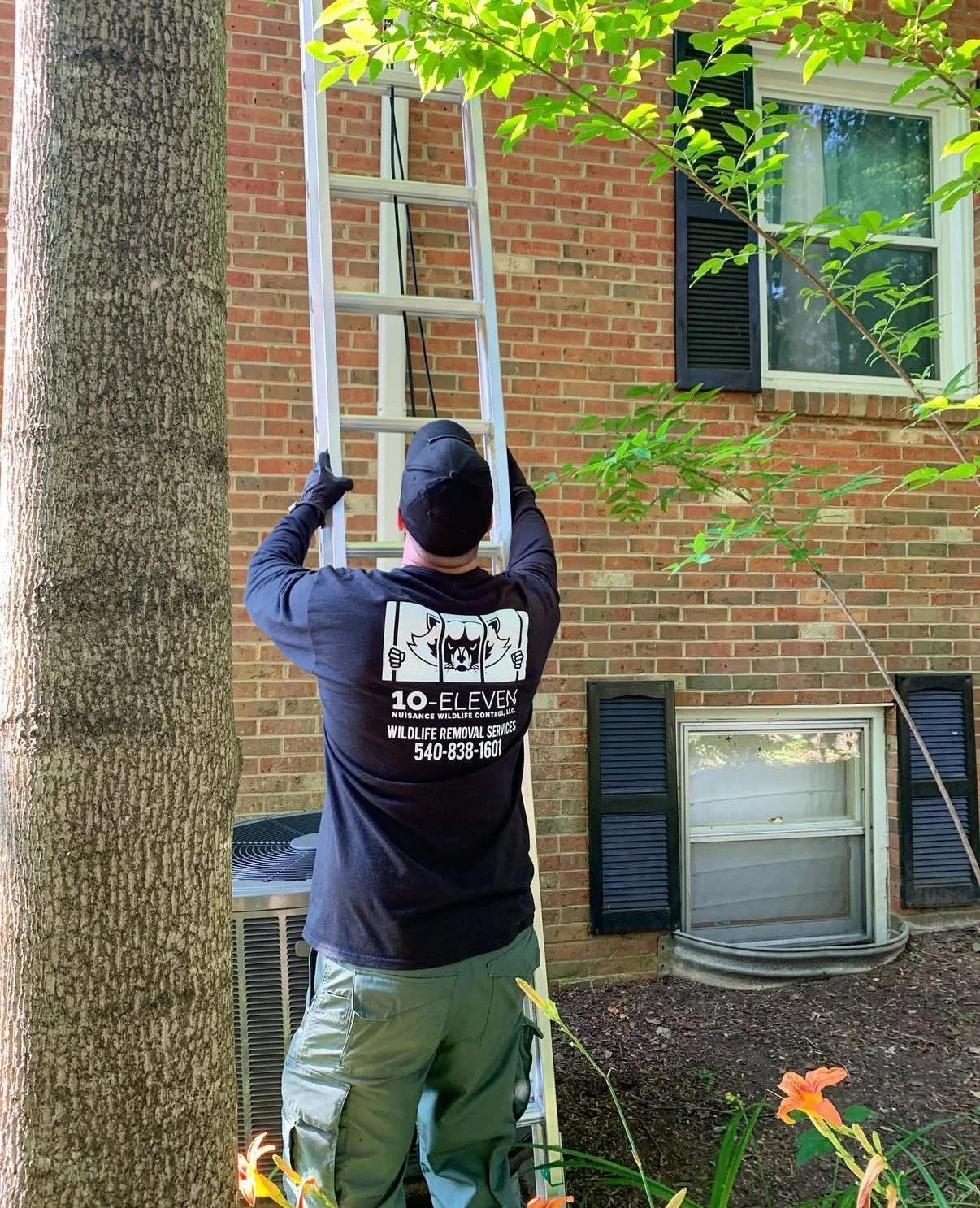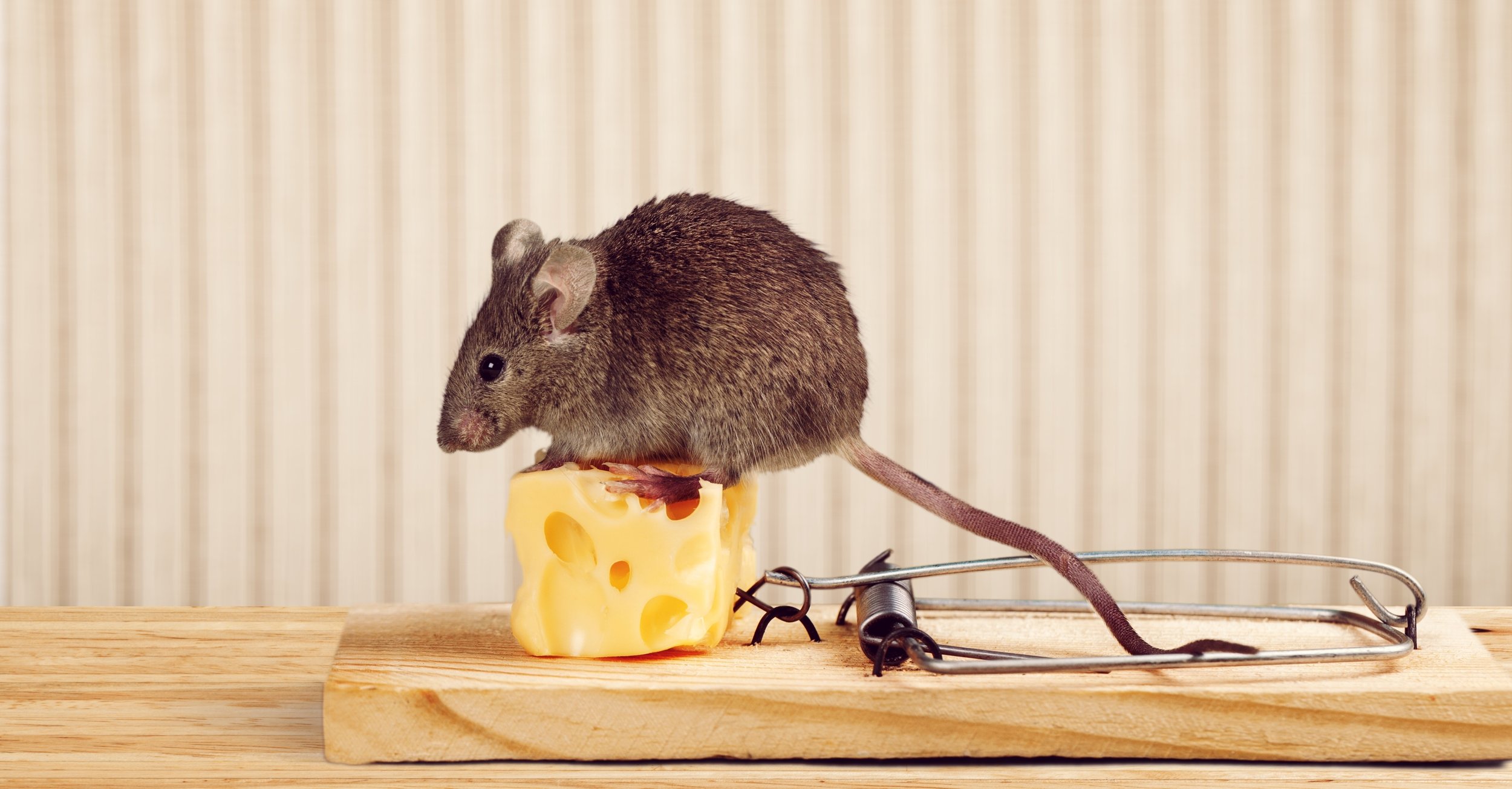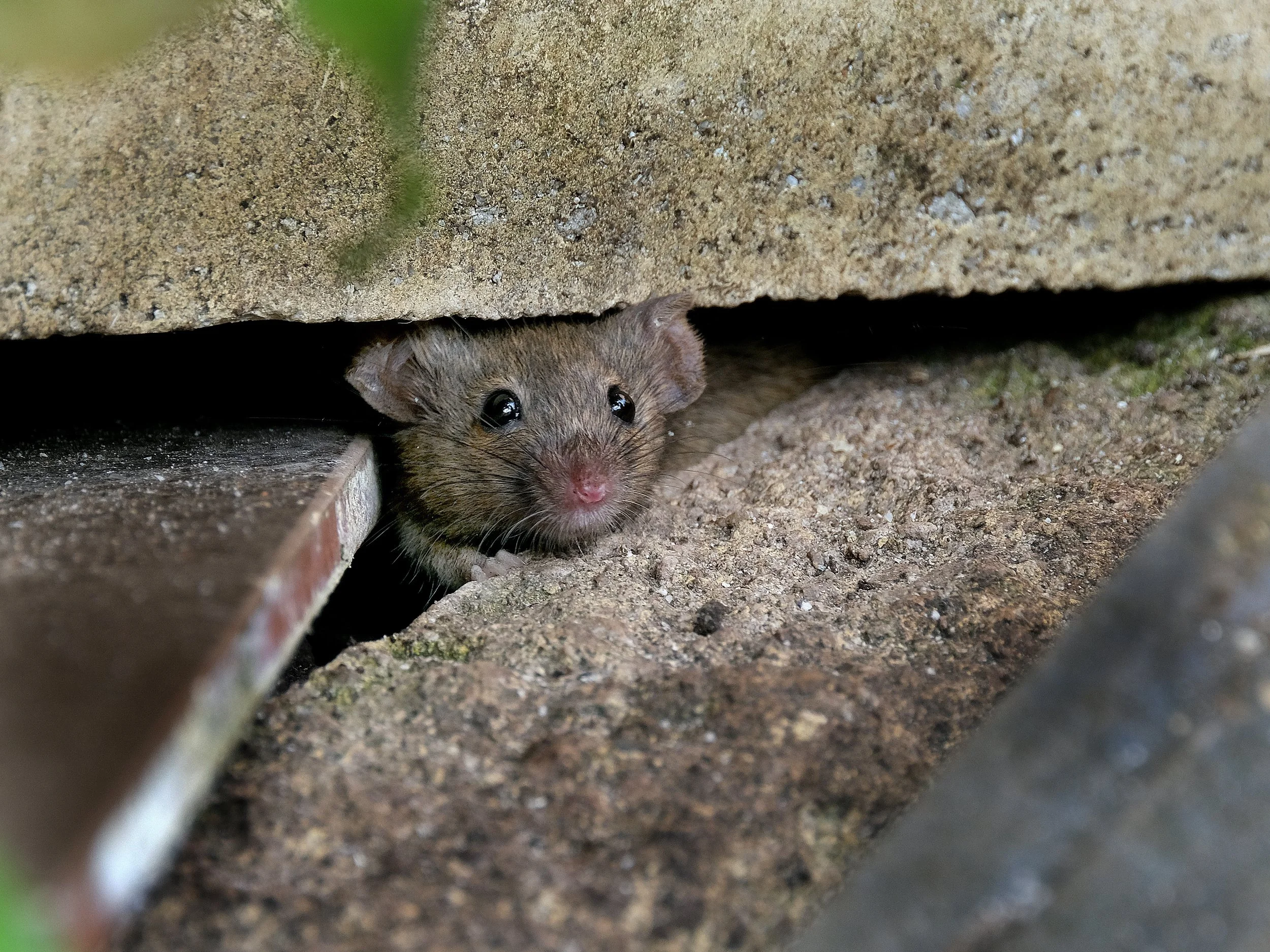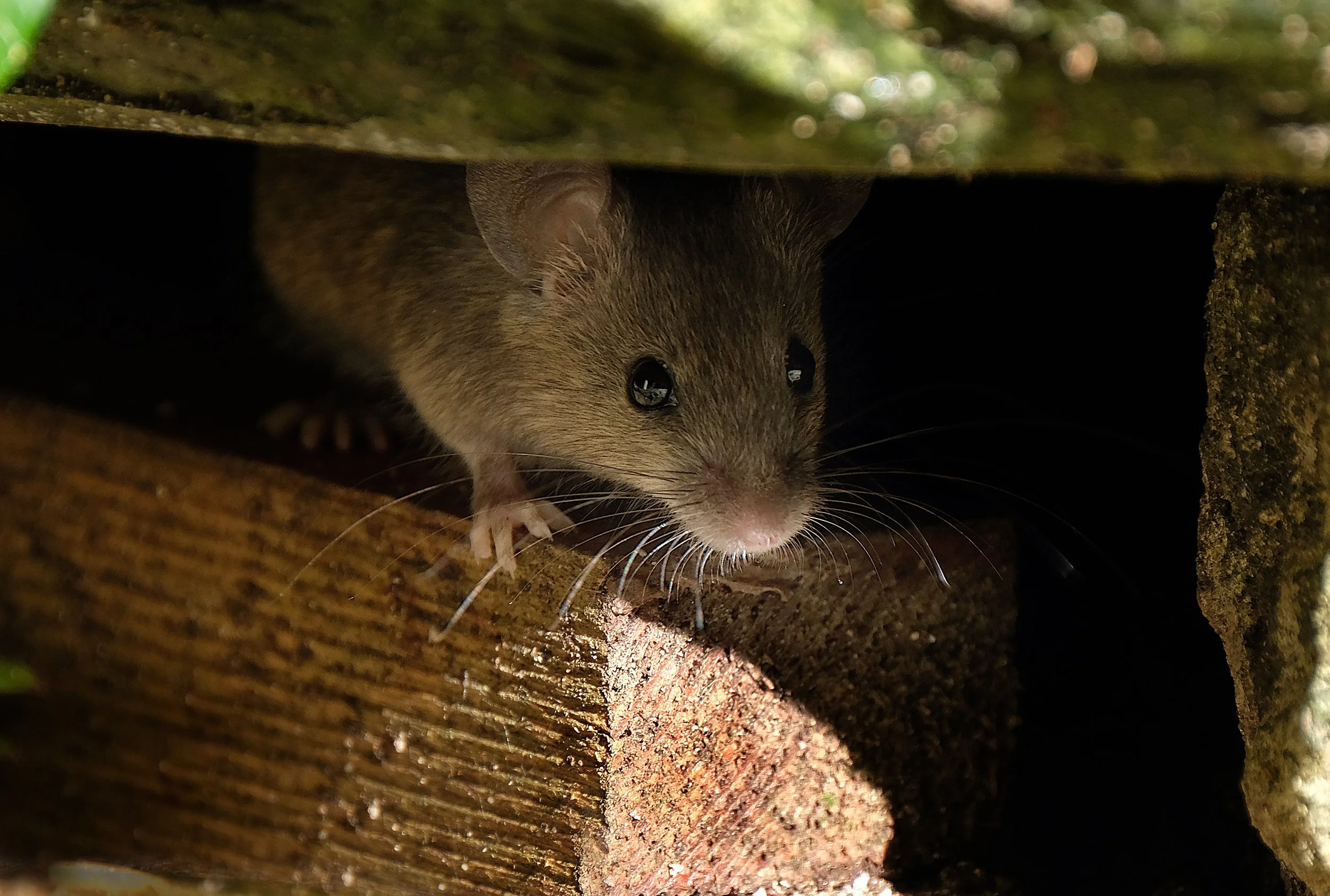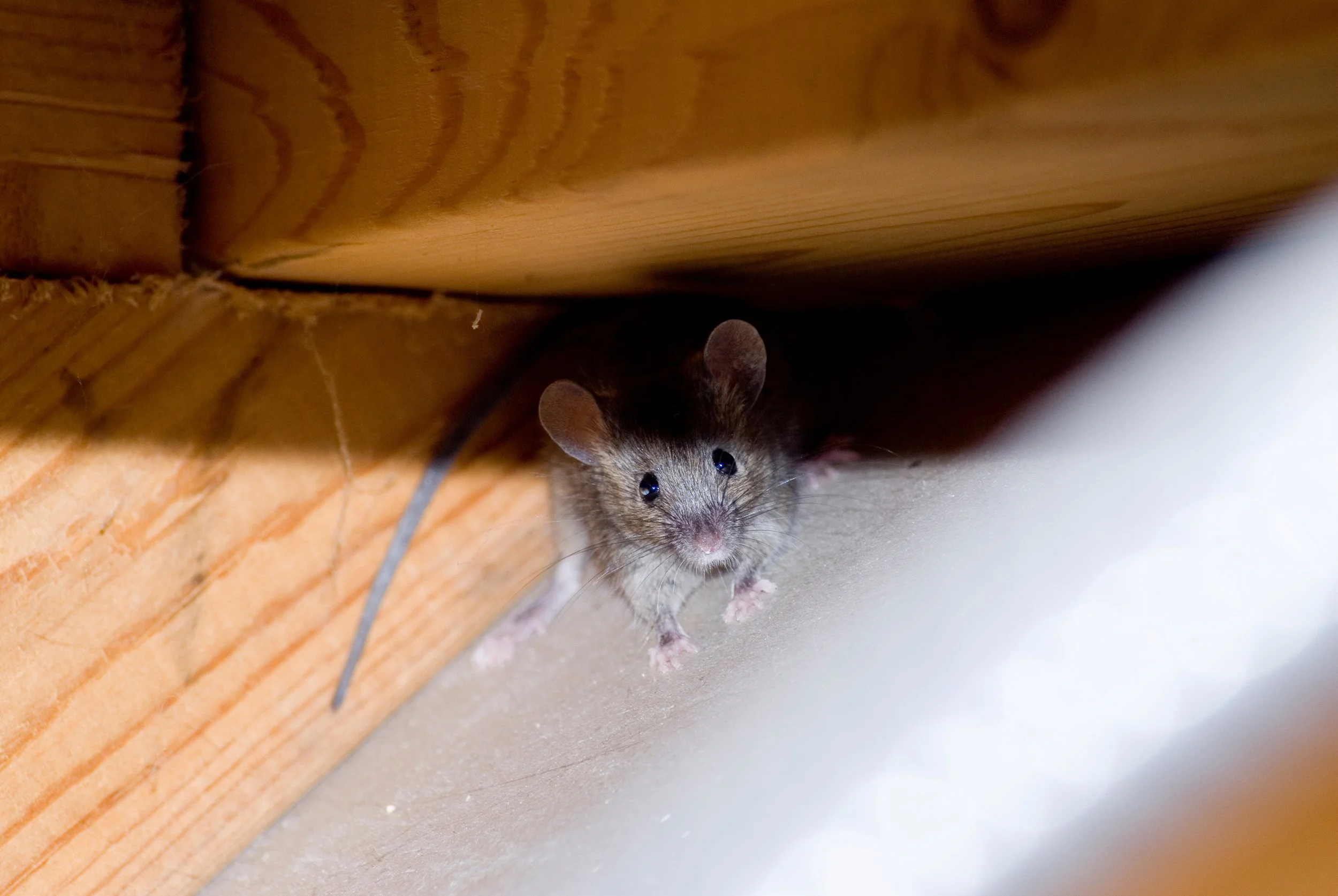
MOLES
About Moles
Moles are small mammals that dig tunnels in the ground and belong to the Talpidae family. Moles are about 6 to 8 inches long, with soft fur and strong front paws for digging. Their tunneling can harm gardens and lawns, creating dirt mounds and damaging grass roots.
Moles mainly eat insects, earthworms, and other small creatures. Moles are usually alone except when mating and live around 3 years in the wild.
If you have mole issues in your yard, it's important to know their habits. Moles are most active in spring and fall, digging for food, and don’t hibernate but might be less active in winter.
Why are Moles a Nuisance Animal?
Moles are considered a nuisance animal for several reasons:
Damage to Lawns and Gardens: Moles create extensive tunnel systems beneath the ground, which can disrupt the root systems of grass and plants. This can result in uneven surfaces and dead patches in lawns, making them unsightly and difficult to maintain.
Disruption of Soil Structure: The tunneling action of moles aerates the soil, which can sometimes benefit gardens. However, this digging can also lead to poor soil structure, causing plants to struggle to establish roots and affecting water retention.
Challenges for Other Wildlife: Moles feed primarily on insects and grubs, which are also food sources for other wildlife. Their presence can alter local ecosystems, impacting populations of these other species.
Annoyance to Homeowners: The visible signs of mole activity, such as raised ridges and mounds of soil, can be a source of frustration for homeowners. These mounds can mar the appearance of well-maintained landscapes.
Potential for Increased Pest Problems: As moles dig and create tunnels, they may inadvertently create pathways for other pests, such as voles or rats, to enter gardens and yards, leading to further issues.
Difficulty in Control: Moles can be challenging to control due to their burrowing lifestyle and rapid reproduction rates. Homeowners may find it difficult to manage or eliminate mole populations effectively.
How can 10-Eleven Nuisance Wildlife Control solve my Mole problem?
We can effectively handle a mole problem using several strategies:
Assessment and Inspection: We’'ll start with a thorough inspection to check for signs of moles, such as soil mounds, tunnels, and feeding patterns.
Identification: Knowing the species of animal helps determine the best control methods, as different species may need specific approaches.
Trapping: Traps can be set throughout the property to capture moles, helping to control present population levels.
Maintenance and Monitoring: Ongoing checks are important after initial control measures to ensure moles do not return.
Education and Prevention: We can provide you with information about mole habits and preventive measures to help you act before an infestation starts.
Got Moles?
Contact 10-Eleven Nuisance Wildlife today!
